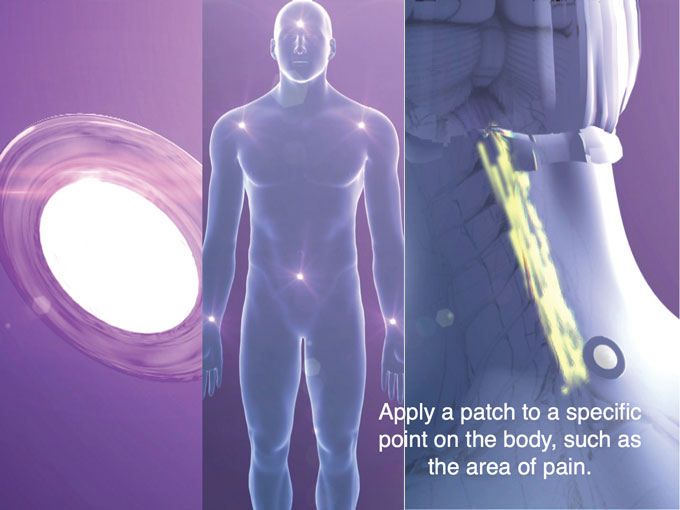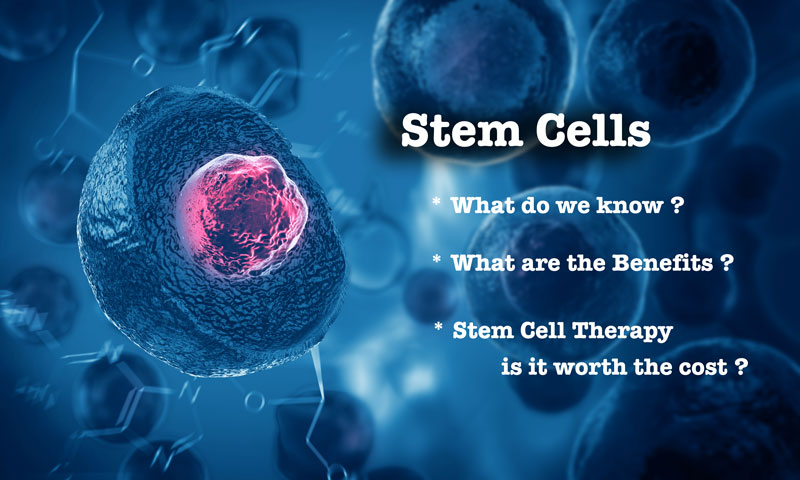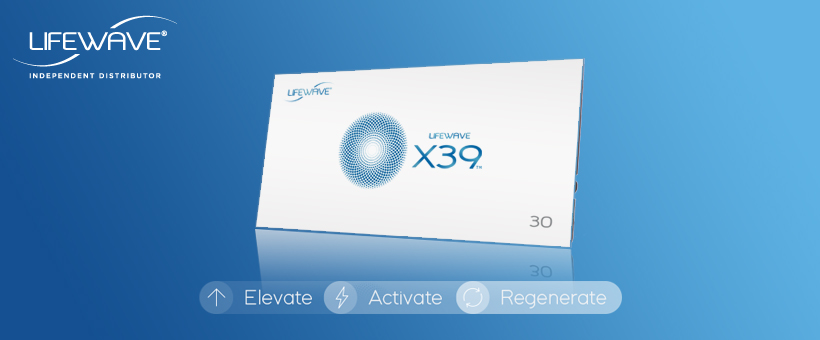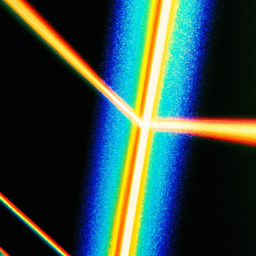In this article, you will discover the fascinating world of infrared light therapy and the different types of infrared light. From near infrared to mid infrared and far infrared, each type has unique benefits and applications. Whether you are seeking pain relief, improved circulation, or skin rejuvenation, understanding the differences between these types of infrared light can help you choose the therapy that is best suited for your needs. So let’s explore the diverse spectrum of infrared light and the many ways it can enhance your well-being.

Near Infrared Light Therapy
Definition and Characteristics
Near infrared (NIR) light therapy is a non-invasive treatment that utilizes infrared light in the wavelength range of 700 to 1400 nanometers (nm). It is often referred to as “low-level light therapy” or “photobiomodulation.” NIR light therapy devices emit gentle, invisible light that penetrates the skin and is absorbed by the cells, stimulating various biological processes.
Benefits and Uses
NIR light therapy has been found to have numerous beneficial effects on the body. One of the primary benefits is its ability to promote wound healing. It has been shown to accelerate the healing process and reduce inflammation, making it particularly useful for treating cuts, burns, and surgical incisions.
Additionally, NIR light therapy has been successful in managing pain. By increasing the production of endorphins, which are the body’s natural painkillers, it can provide relief from chronic pain conditions such as arthritis, fibromyalgia, and neuropathy.
Moreover, NIR light therapy is widely utilized in the field of dermatology for skin rejuvenation. It helps to increase collagen production, improve skin tone and texture, and minimize the appearance of fine lines and wrinkles. This makes it an excellent option for individuals seeking a non-invasive and natural anti-aging treatment.
Safety Considerations
Near infrared light therapy is generally considered safe and well-tolerated. However, it is essential to follow the guidelines provided by the manufacturers to avoid potential adverse effects. Overexposure to NIR light can cause temporary eye discomfort, so it is crucial to wear protective goggles when using NIR light therapy devices. Additionally, pregnant women and individuals with certain medical conditions, such as epilepsy, should consult with their healthcare provider before undergoing NIR light therapy.
Mid Infrared Light Therapy
Definition and Characteristics
Mid infrared (MIR) light therapy operates within the wavelength range of 1400 to 3000 nm. This therapy primarily utilizes heat to provide therapeutic benefits to the body. The MIR light penetrates deep into the tissues, causing a gentle warming effect.
Benefits and Uses
Mid infrared light therapy has proven to be highly effective in relieving muscle and joint pain. The heat generated by MIR light penetrates the muscles, increasing blood flow and promoting relaxation. It can help alleviate symptoms associated with conditions like arthritis, muscle spasms, and sports injuries.
Furthermore, MIR light therapy is known to improve blood circulation. The heat from the therapy dilates blood vessels, enhancing blood flow and oxygen distribution throughout the body. This can have a positive impact on overall cardiovascular health and aid in the recovery process for various injuries.
MIR light therapy has also been utilized for detoxification purposes. Sweating induced by the heat can help eliminate toxins from the body, making it a valuable tool for individuals seeking to support their body’s natural detox processes.
Safety Considerations
While mid infrared light therapy is generally considered safe, caution must be exercised to prevent burns or overheating. It is essential to follow the user instructions provided by the device manufacturer and avoid prolonged exposure to the therapy. Pregnant women, individuals with sensitive or compromised skin, and those with cardiovascular conditions should consult with their healthcare provider before using MIR light therapy.
Far Infrared Light Therapy
Definition and Characteristics
Far infrared (FIR) light therapy utilizes lightwaves ranging from 3000 to 10000 nm. This therapy primarily focuses on providing deep tissue penetration with minimal surface heat.
Benefits and Uses
Far infrared light therapy has been widely recognized as a method for stress reduction. The gentle heat generated by FIR light therapy helps relax the body and induce a state of calmness. This can be particularly beneficial for individuals dealing with anxiety, insomnia, or high levels of stress.
In addition to stress reduction, FIR light therapy has been associated with weight loss. The heat generated by the therapy can increase metabolic rate and aid in burning calories. Regular FIR light therapy sessions, when combined with a healthy diet and exercise, may contribute to improved weight management.
Furthermore, FIR light therapy has shown promise in reducing the appearance of cellulite. By improving circulation, stimulating collagen production, and promoting waste elimination, it can help smoothen the skin and reduce the dimpled appearance commonly associated with cellulite.
Safety Considerations
Far infrared light therapy is generally considered safe and gentle. However, it is important to monitor the duration and intensity of exposure to prevent overheating or burns. As with any new therapy, it is recommended to consult with a healthcare provider before beginning FIR light therapy, especially for individuals with cardiovascular conditions, compromised skin, or other medical concerns.
Comparison of Near, Mid, and Far Infrared Light Therapy
Wavelengths and Penetration
Near infrared light therapy operates within the wavelength range of 700 to 1400 nm and penetrates the skin to a depth of approximately 5 millimeters (mm). Mid infrared light therapy utilizes the wavelength range of 1400 to 3000 nm, penetrating to a depth of approximately 2 centimeters (cm). Far infrared light therapy, on the other hand, uses wavelengths ranging from 3000 to 10000 nm, which can penetrate the body as deep as 5 centimeters.
Benefits and Therapeutic Effects
Near infrared light therapy provides benefits such as wound healing, pain management, and skin rejuvenation. Mid infrared light therapy offers relief from muscle and joint pain, improved blood circulation, and detoxification. Far infrared light therapy aids in stress reduction, weight loss, and cellulite reduction.
Safety and Side Effects
All three types of infrared light therapy are generally safe and well-tolerated when used correctly. However, it is important to adhere to the guidelines provided by the device manufacturers to prevent potential adverse effects, such as burns or overheating. Pregnant women, individuals with specific medical conditions, and those with sensitive or compromised skin should consult with a healthcare professional before using any form of infrared light therapy.

Near Infrared Light Therapy Devices
Handheld Devices
Handheld near infrared light therapy devices are compact and convenient for targeting specific areas of the body. They are often used for localized pain management, wound healing, and spot treatment for skin rejuvenation. These devices emit NIR light in a focused manner, providing targeted therapeutic effects.
LED Panels
LED panel devices are designed to deliver NIR light therapy to larger areas of the body. They consist of an array of LED bulbs that emit a uniform distribution of light. LED panels are commonly used for overall pain management, full-body skin rejuvenation, and promoting general wellness.
Sauna Pods
Sauna pods that incorporate near infrared light therapy offer a unique and relaxing experience. These pods create an enclosed environment where the individual can experience the therapeutic effects of both NIR light therapy and traditional sauna heat. They are known to promote detoxification, relieve muscle tension, and enhance overall relaxation.
Mid Infrared Light Therapy Devices
Heat Lamps
Mid infrared light therapy heat lamps emit MIR light and heat, making them suitable for both therapeutic and warming purposes. These lamps can be used for targeted pain relief, muscle relaxation, and improving blood circulation to specific areas of the body.
Saunas
Mid infrared light therapy saunas utilize MIR light to provide a deeply penetrating heat that promotes relaxation and detoxification. Sauna sessions have been shown to relieve muscle and joint pain, improve cardiovascular health, and induce a state of tranquility.
Heated Pads
Heated pads incorporating mid infrared light therapy offer localized therapeutic benefits. These pads are designed to be applied directly to the affected area, providing deep heat penetration for pain relief, muscle relaxation, and improved blood circulation.

Far Infrared Light Therapy Devices
Infrared Saunas
Infrared saunas utilize far infrared light therapy to produce a gentle and penetrating heat. These saunas offer a range of benefits, including stress reduction, detoxification, improved cardiovascular health, and increased calorie burning. Infrared saunas are available in different sizes and designs, allowing individuals to choose the option that best suits their needs.
Heated Blankets
Far infrared light therapy heated blankets provide a cozy and comforting way to experience the therapeutic effects of FIR light. These blankets emit gentle heat throughout the body, promoting stress reduction, relaxation, and improved sleep. They are often used as a complement to other therapies or as a standalone relaxation tool.
Infrared Heating Pads
Infrared heating pads offer targeted relief by incorporating far infrared light therapy into a portable and easy-to-use device. These pads can be applied to specific areas of the body to alleviate discomfort, promote relaxation, and improve circulation. They are especially beneficial for muscle and joint pain relief, as well as post-workout recovery.
Applications of Near Infrared Light Therapy
Wound Healing
Near infrared light therapy has been widely used for wound healing purposes. By stimulating cellular activity and promoting collagen production, NIR light therapy accelerates the healing process. It can be effectively utilized for surgical incisions, cuts, burns, and other skin injuries.
Pain Management
Near infrared light therapy has shown significant potential in managing pain. By increasing endorphin production, it can alleviate chronic pain conditions such as arthritis, fibromyalgia, and neuropathy. Regular NIR light therapy sessions have been found to reduce pain intensity and improve general well-being.
Skin Rejuvenation
NIR light therapy is a popular option for individuals seeking non-invasive anti-aging treatments. Its ability to increase collagen production, improve skin tone and texture, and reduce the appearance of fine lines and wrinkles makes it a valuable tool for skin rejuvenation. Regular NIR light therapy sessions can leave the skin looking younger, healthier, and more radiant.
Applications of Mid Infrared Light Therapy
Muscle and Joint Pain Relief
Mid infrared light therapy provides effective relief from muscle and joint pain. The deep heat generated by MIR light penetrates the muscles, increasing blood flow, relaxing the tissues, and reducing pain and inflammation. It can be particularly beneficial for individuals suffering from arthritis, muscle spasms, and sports-related injuries.
Improved Blood Circulation
Mid infrared light therapy aids in improving blood circulation throughout the body. The gentle heat from MIR light dilates blood vessels, allowing for better oxygen and nutrient delivery to the tissues. This can have a positive impact on overall cardiovascular health and promote faster healing of various injuries.
Detoxification
The heat generated by mid infrared light therapy promotes sweating, which aids in the elimination of toxins from the body. MIR light therapy enhances the natural detoxification processes and can be used as a complementary tool for individuals looking to support their body’s detoxification efforts.
Applications of Far Infrared Light Therapy
Stress Reduction
Far infrared light therapy is renowned for its ability to reduce stress and induce relaxation. The gentle heat generated by FIR light soothes the body, relaxes the muscles, and calms the mind. Regular FIR light therapy sessions can help individuals manage anxiety, promote better sleep, and improve overall well-being.
Weight Loss
Far infrared light therapy has been associated with weight loss benefits. The gentle heat produced by FIR light increases metabolic rate, which can help burn calories and promote weight loss. Combined with a healthy diet and regular exercise, FIR light therapy can be a valuable tool for individuals looking to manage their weight effectively.
Cellulite Reduction
FIR light therapy has shown promise in reducing the appearance of cellulite. By stimulating collagen production, improving blood circulation, and promoting the elimination of waste products, it can help smoothen the skin and reduce the dimpled appearance associated with cellulite. Regular FIR light therapy sessions can contribute to a more even and toned skin texture.
In conclusion, near, mid, and far infrared light therapy offer unique therapeutic benefits that can address various health concerns. From wound healing and pain management to skin rejuvenation and stress reduction, these therapies have gained popularity for their non-invasive and natural approach to wellness. Whether you choose handheld devices, saunas, or heated pads, incorporating infrared light therapy into your routine can result in improved overall health and well-being. Always consult with a healthcare professional before starting any new treatment or therapy to ensure it is safe and suitable for your specific needs.





